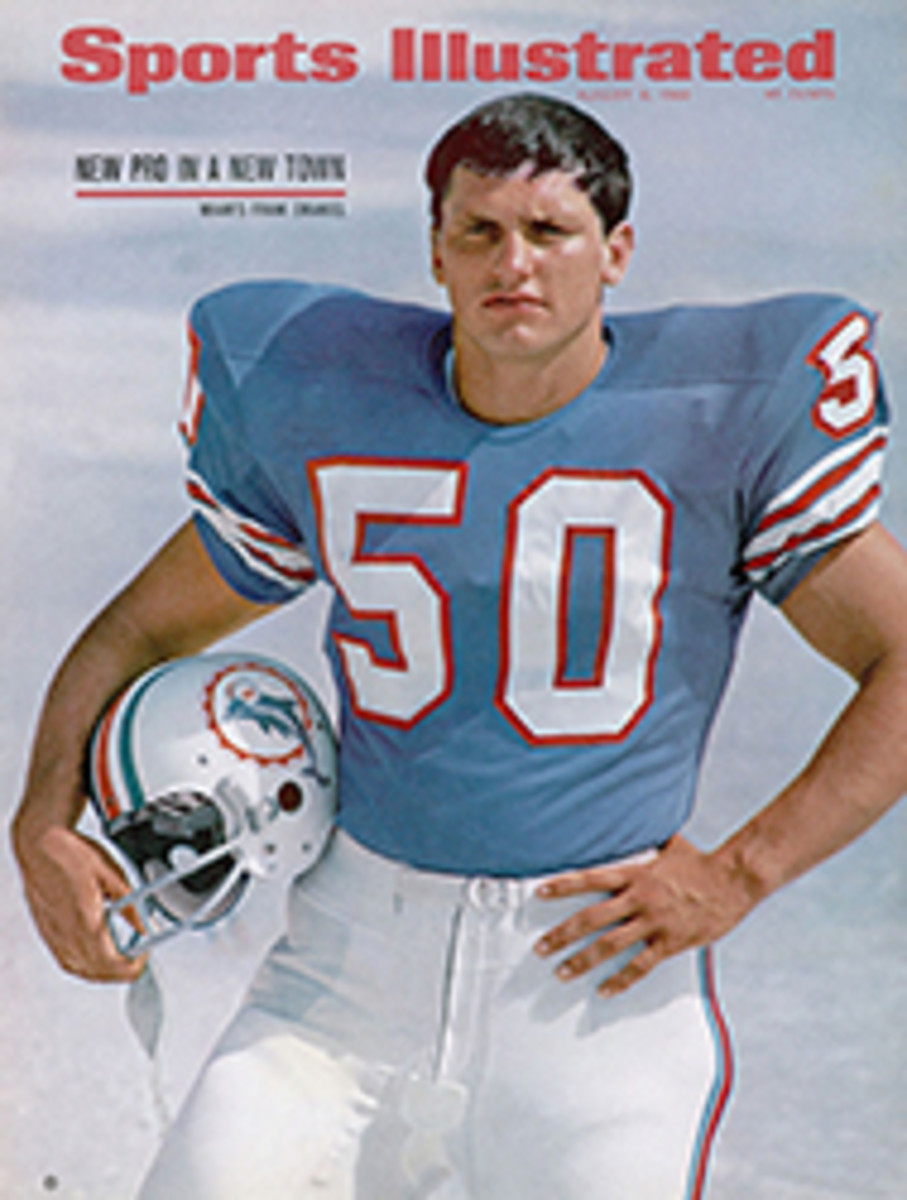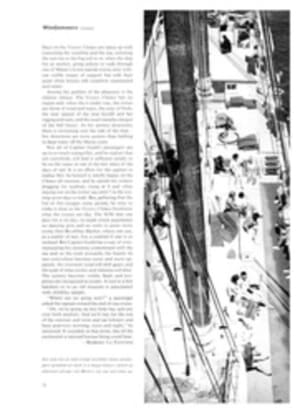
Big year for groovy gear
When the college students on these pages go back to Princeton, Oxford, Haverford, California and Yale next month the new items in their back-to-school wardrobes, and those of their classmates from coast to coast, most likely will be corduroy—and the more definite the grooves the better. The corduroy boom is suddenly so big that American mills, which produce 155 million yards of the stuff a year, have sold out their entire output through 1966. The run on corduroy is prompted in part by the Carnaby Street Mod invasion (Beatle-type corduroy suits with high-buttoning jackets and low-riding pants) but even more by the sturdily handsome new breeds of corduroy the mills are turning out. The new corduroys have names like '"elephant wale," "knuckle wale" and "logger" and are ideal for stadium coats and campus outerwear, particularly when lined with warm alpaca or red flannel. Many are double-breasted, a growing outerwear trend. All the corduroy clothes in the picture are now available at university shops across the country. Survivors of the Corduroy Thirties will be happy to hear that the new slacks have lost their old-fashioned squeak.
WHAT IT COSTS
Philip Handy (lower left; read clockwise) goes to Princeton. His corduroy pea jacket has brass buttons, epaulets, a red flannel lining. It is by Lakeland and costs $40. Brian Fay, a Rhodes scholar, wears Zero King's Corduroy Warmer. It is $70. Bob Sinclair of Haverford wears an outercoat with suede patches, an alpaca lining. By John Weitz for Lakeland, it is $65. California student John Rodgers wears a jacket called the Ringo, with stand-up collar, Paisley lining. It is $20 by Silton California. Frank Berliner of Yale wears a Mod suit by McGregor. The jacket is belted and costs $36; the low-slung trousers are $13. Cornell graduate Susan Stolp wears a purple corduroy pants suit. It is $46, imported from Sweden by Marianne Ohm.
PHOTO
J. FREDERICK SMITH

